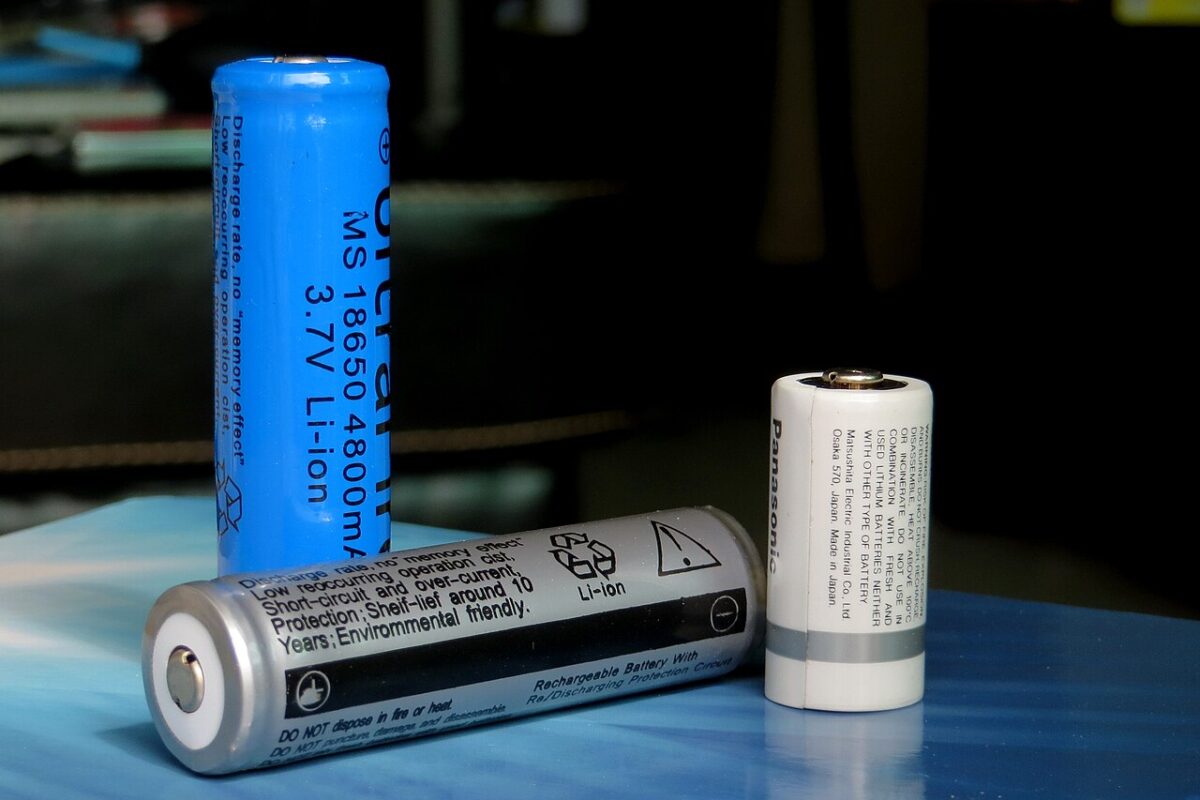Lithium metal, and certain other battery concepts, are known to have the potential for far better energy storage performance than today’s lithium-ion technologies. But lithium metal in particular is held back by safety concerns thanks to the frequent occurrence of dendrites and whiskers inside the battery.
These are tiny, needle-like projections that can grow inside a battery, and cause a number of undesirable effects, including, in a worst case scenario, complete battery failure and even fires. Now, scientists at the Pacific Northwest National Laboratory (PNNL) have been able to pinpoint one of the root causes of this problem in a lithium-metal battery, which should allow further research into new electrolyte recipes that get around the problem entirely.
“We don't want to simply suppress the growth of dendrites; we want to get to the root cause and eliminate them,” said Chongmin Wang, a scientist at PNNL’a Environmental Molecular Sciences Laboratory. “My hope is that our findings will spur the community to look at this problem in new ways. Clearly, more research is needed.”
The group’s findings are described in the paper Origin of lithium whisker formation and growth under stress, published in Nature Nanotechnology. Using a combination of atomic force microscopy and environmental transmission electron microscopy, the group was able to observe dendrite growth within the battery, and measure the force of the dendrite as it grew.
The video shows lithium atoms clumping together, similar to how a stalagmite grows from the floor of a cave. Eventually, a whisker shoots forth. video: He et. al., Nature Nanotechnology
Their findings show that dendrite growth originates in the battery’s solid electrolyte interface – a film where the lithium metal anode meets the liquid electrolyte. A solvent, ethylene carbonate, which is added to the electrolyte to enhance performance, was pinpointed as the main culprit in dendrite growth – the group found that the more of this material was added to the electrolyte, the more the whiskers grew.
This led the scientists to experiment with alternative electrolyte mixes, finding that the addition of cyclohexane to the mix prevents the growth of dendrites and whiskers (though there was no mention of how this material affected battery performance), and also experimented with other elastic constraints that were shown to cause the whiskers to yield, buckle, kink or simply stop growing.
This content is protected by copyright and may not be reused. If you want to cooperate with us and would like to reuse some of our content, please contact: editors@pv-magazine.com.




1 comment
By submitting this form you agree to pv magazine using your data for the purposes of publishing your comment.
Your personal data will only be disclosed or otherwise transmitted to third parties for the purposes of spam filtering or if this is necessary for technical maintenance of the website. Any other transfer to third parties will not take place unless this is justified on the basis of applicable data protection regulations or if pv magazine is legally obliged to do so.
You may revoke this consent at any time with effect for the future, in which case your personal data will be deleted immediately. Otherwise, your data will be deleted if pv magazine has processed your request or the purpose of data storage is fulfilled.
Further information on data privacy can be found in our Data Protection Policy.